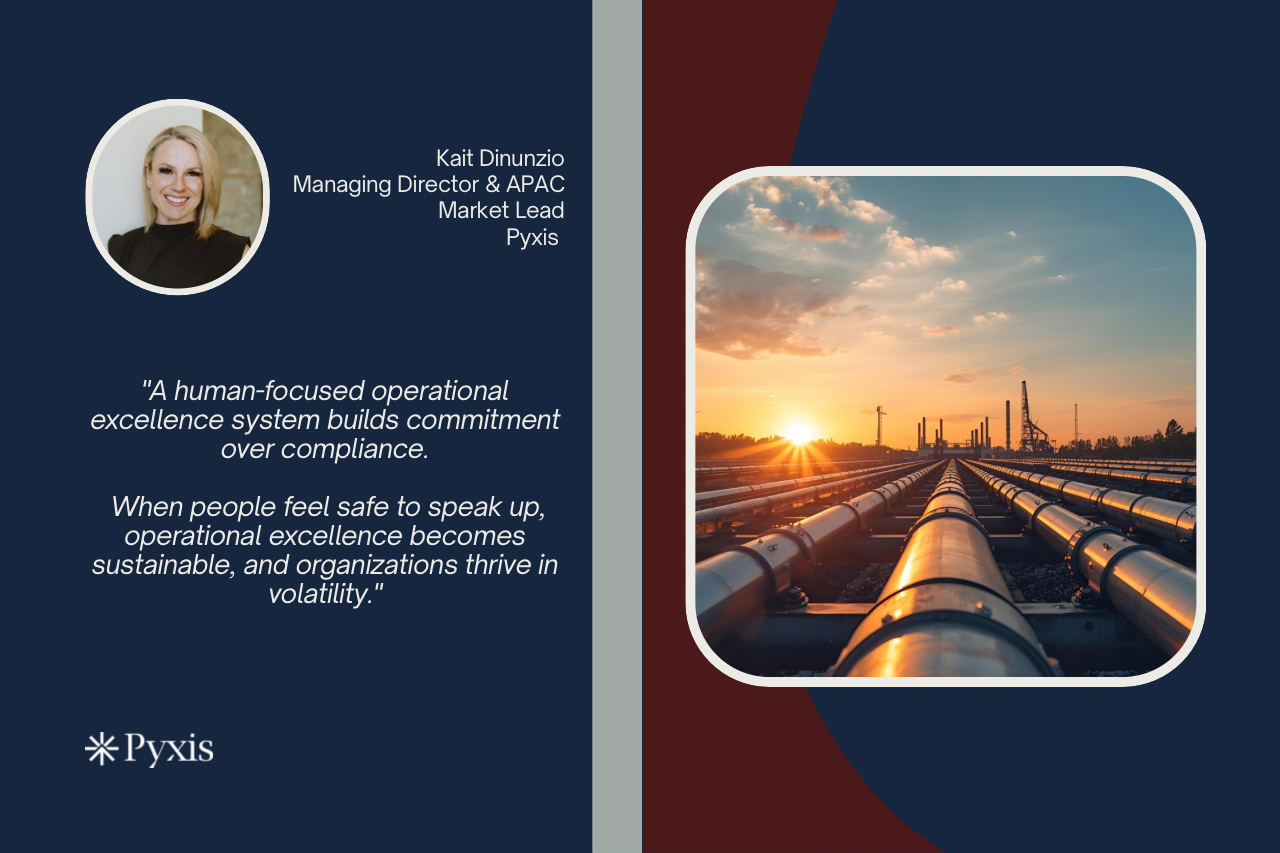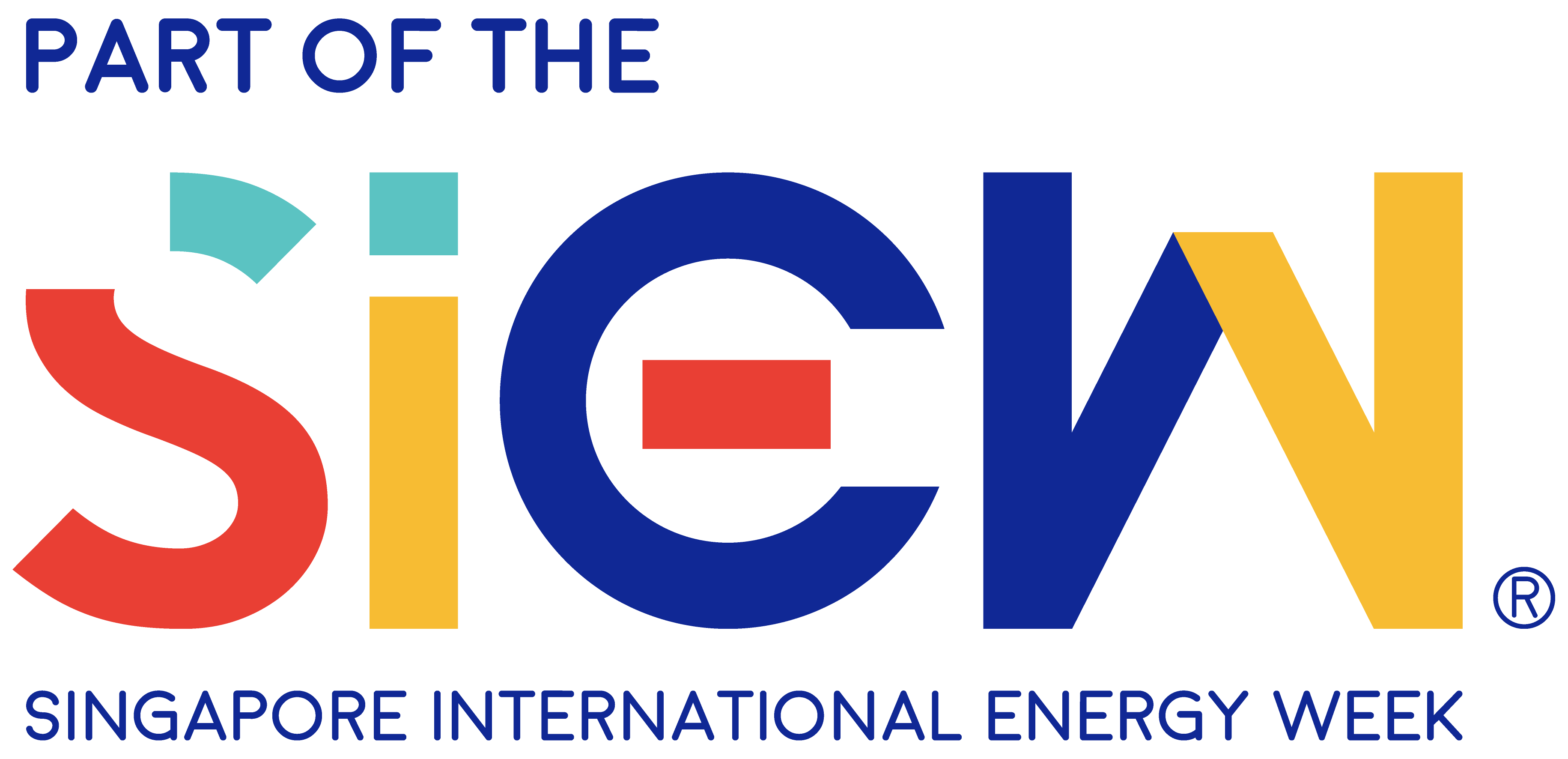
In today’s downstream and industrial landscape, executives are caught in a constant tension: accelerate change to stay competitive while maintaining stability, safety, and engagement in increasingly complex environments. The instinctive answer is often to enforce tighter standards, roll out new systems, and demand stricter compliance. However, as we’ve seen in our work with Operations Excellence Management Systems (OEMS), compliance doesn’t create resilient organisations, commitment does.
The difference is subtle but profound. Compliance is about rules and enforcement. Commitment is about ownership, belief, and engagement. When leaders focus exclusively on compliance, they may achieve short-term adherence but rarely long-term sustainability. Commitment, by contrast, creates resilient teams capable of adapting, innovating, and thriving even when the playbook changes overnight.
Why Compliance Falls Short
Compliance has its place; it ensures that regulatory requirements are met, that baseline safety procedures are followed, and that operations remain auditable; however, in volatile, high-stakes environments, compliance alone can make organisations brittle.
I’ve seen this play out in post-merger and acquisition integrations, where two operational cultures collide. Leaders often impose a “one-size-fits-all” standard, expecting frontline workers to adapt instantly. On paper, the processes align. In practice, the workforce resists, creating workarounds and blind spots that increase operational risk. Their culture is fragmented, and loyalty is questionable, commitment doesn’t exist.
The reason is simple: people don’t resist efficiency; they resist being excluded. Compliance assumes people will follow because they must. Commitment invites them to participate because they choose to. Belonging is a significant part of the journey to self-actualisation and understanding the “why” and “why now” is a significant part of managing resistance and creating the space for people to flourish, even during difficult changes.
Commitment as the Foundation of Resilience
Resilience, as I define it in my upcoming book Unbreakable, isn’t about stoicism or pushing through at all costs. It’s about adapting, problem-solving, and thriving under pressure without sacrificing performance or well-being. Resilient organisations are those where individuals feel trusted, empowered, and safe to contribute. This includes having appropriate pathways for people to bring new ideas forward, or question when something feels uncomfortable or challenges their ability to perform their work in a meaningful or safe way.
When OEMS is built on commitment and people understand that it’s how an organisation does business, resilience becomes the multiplier. Instead of “pencil-whipping” forms or treating safety protocols as box-checking exercises, employees see themselves as co-owners of the system. They don’t just follow the process, they improve it.
The Neuroscience of Commitment
Neuroscience helps us understand why commitment is so powerful. Under stress, the amygdala triggers fight-or-flight responses, reducing problem-solving capacity. Leaders who default to command-and-control under pressure unknowingly amplify this effect, creating fear, disengagement, and silence.
By contrast, environments of psychological safety engage the prefrontal cortex, enabling clearer thinking, empathy, and creativity. When leaders model problem solving, emotional regulation, self-confidence, and empathy, the pillars of resilience, they create space for teams to stay adaptive under stress. Psychological safety isn’t a soft concept. It’s a hard driver of operational performance.
Embedding Change Leadership as a Daily Practice
One of the greatest errors executives make is treating change as an initiative rather than a daily competency. True operational excellence requires embedding change leadership into everyday operations.
That means:
- Moving from “programmatic rollouts” to daily micro-engagements.
- Shifting language from enforcement (“you must”) to empowerment (“we choose”).
- Equipping leaders with frameworks like the Pyxis Change Curve, which maps how individuals move from awareness to ownership.
Change leadership becomes a core part of how the business runs, not an add-on project, and in fact is embedded into Element 1 of Pyxis’ internal OEMS. The organisations that thrive are those where leaders normalise resilience and adaptability as everyday expectations.
Practical Steps Leaders Can Take
- Involve the Frontline in Standards Design
- Don’t impose OEMS/OIMS from the boardroom. When building or improving OEMS with a client, we use our specific engagement model to invite operators and frontline leaders to shape and test processes. Their insights increase adoption and reduce risks because we make the Standard realistic to the work they do.
- Create Psychological Safety at Scale
- Make it safe for people to speak up, raise risks, and propose improvements. Reward candour, not just compliance. A safe voice is the foundation of a resilient culture.
- Move from Compliance to Commitment Language
- Audit the language leaders use. “I must” signals compliance. “I choose” signals ownership. Subtle linguistic shifts can reframe entire change programs.
- Model Resilient Leadership Behaviours
- Leaders set the tone. Demonstrating emotional regulation, problem-solving agility, and empathy builds trust. Teams emulate the behaviours they see at the top.
- Set Realistic Milestones and Close the Loop
- Too often, goals are set and never revisited. Build accountability frameworks where milestones are achievable, reviewed regularly, and aligned with strategic objectives. Nothing kills commitment faster than unacknowledged effort.
Authentic Engagement
When large-scale change is required, success rarely comes from compliance with top-down mandates. Real progress happens when leaders create space for dialogue, listen actively, and empower employees to shape the path forward. In those environments, authentic engagement drives measurable improvements in safety, efficiency, and morale.
By contrast, organisations that default to compliance often experience the opposite. High-performing employees leave out of frustration, innovation stalls, and “shadow systems” emerge as people invent their own workarounds to cope with impractical standards. What looks like alignment on paper is often disengagement in practice.
The difference is clear: compliance enforces rules, commitment builds ownership. And ownership is the foundation of resilience in volatile, high-stakes industries.
Conclusion
The downstream industry is facing unprecedented pressure: decarbonisation, digital transformation, geopolitical volatility, and workforce generational shifts. OEMS provides the scaffolding for consistency and alignment, but scaffolding without commitment is just a rigid frame.
If leaders want true operational excellence, they must design systems that go beyond compliance. They must cultivate resilience, embed psychological safety, and empower commitment at every level of the organisation.
At the end of the day, compliance keeps you safe today, commitment keeps you thriving tomorrow.

About the Author
Kait Dinunzio
Managing Director
Pyxis, Canada
Kait Dinunzio is an internationally recognized leader in change leadership, resilient leadership, and operational excellence. As Managing Director & APAC Market Lead for Pyxis Advisory Group, Kait is responsible for driving strategic expansion and delivering transformative leadership solutions to executive teams across Asia-Pacific and beyond.
With more than two decades of experience in navigating complex organizational transformations across oil and gas, energy, and large-scale industrial operations, Kait has built a reputation for converting challenges into opportunities for growth and innovation. She is particularly known for her practical, human-centered approach to embedding psychological safety, agile change leadership, and sustainable resilience practices at the highest organizational levels.
A trusted advisor to global C-suite leaders, Kait is also a sought-after keynote speaker, facilitator, and author of the upcoming leadership book, Unbreakable: From Abandoned to Abundant & The Strength to Lead. Her deep insights draw from extensive real-world experiences leading through crisis and transformation, supported by her expertise in neuroscience, organizational psychology, and emotional intelligence.
Kait is committed to empowering senior leaders to build adaptive, psychologically safe, and resilient organizations capable of thriving amid uncertainty and rapid industry evolution.




